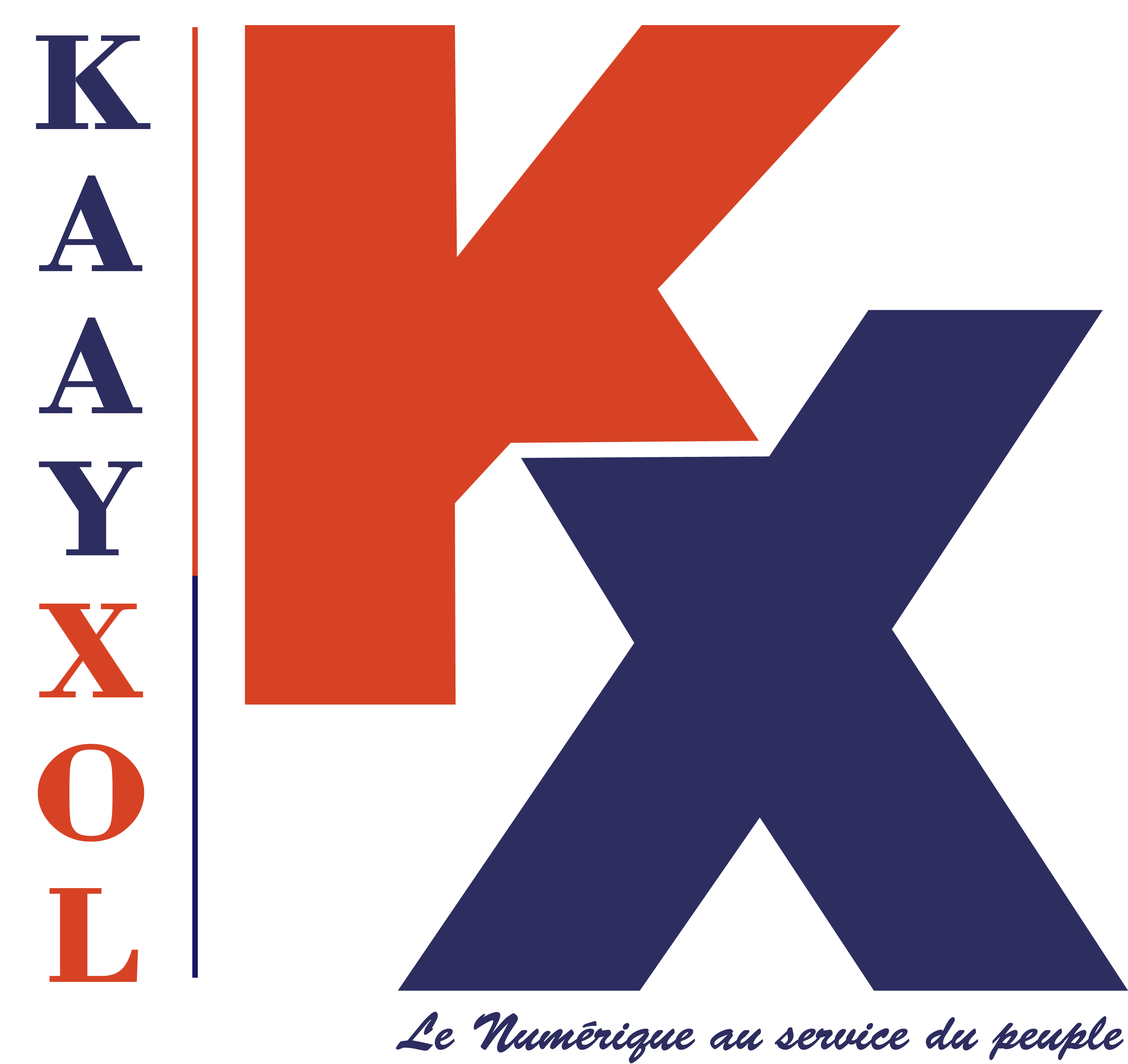Notifications
Posted by - Support KAAYXOL -
on - 4 hours ago -
Filed in - Technology -
-
8 Views - 0 Comments - 0 Likes - 0 Reviews

I believe that a concise naming scheme is crucial for a manufacturer that has an expansive product portfolio. When done right, clear branding helps customers understand the product lineup without digging deeper into model numbers and what they mean. When done wrong, it can alienate potential buyers.
Not to mention that clear branding inspires confidence in the manufacturer's ability to understand its product lineup and the reasons why the devices it sells exist in the first place.
Samsung always seems to have had an issue naming some of its products in a way that easily translates to customers and inspires confidence. Things have drastically improved with time, and Samsung's mobile (MX) division might have the clearest product branding strategy among all Samsung divisions.
But across the entire Samsung Electronics product portfolio, things are far from perfect, and discrepancies sometimes happen even within the same lineup.
The Frame and Music Frame are good examples. They're from the same family, but one product uses “The” as a noun, and the other doesn't. Even more frustrating is that Samsung's branding inconsistencies cropped up again this year with the release of two new Jet cordless vacuum cleaners.
For the most part, Samsung has done a good job naming its vacuum lineup in a way that's fairly easy to understand, although the Bespoke brand still seems to add more confusion than it should.
In any case, the Jet Bot series consists of robot vacuums and the Jet series (no Bot) comprises battery-powered cordless vacuums. Simple enough.
However, with the launch of two new Ultra and Lite cordless vacuum models this year, Samsung appears to have forgotten its naming strategy again, and it's just as frustrating as ever. Here's why.
Notice how Samsung now puts “AI” before “Jet,” whereas last year, Jet came before AI. How did this happen, and why? Only Samsung knows.
It's these little things and inconsistencies that make one wonder if Samsung is doing it on purpose for some unexplained reason — maybe wanting to push the term “AI” more — or if these things happen due to negligence and poor communication within the company and its marketing team(s).
The poor naming issue is only one reason we often hope that Samsung's key product branches could be unified under a singular division. Or at least that Samsung would set up a company-wide marketing department to handle all the naming and branding strategies across multiple key Samsung branches.
We've already seen how better communication between Samsung's product divisions can lead to better cross-device experiences. Samsung's 2024 and 2025 TVs feature a One UI interface on top of Tizen OS.
And the 2025 TV models borrow many more UI design cues from Galaxy phones and tablets. This means device ecosystems can feel more coherent. Check out our video below.
If only Samsung could clean up its naming strategy for TVs, home appliances, and all other consumer electronics, things would be a lot better for customers and pretty much everyone involved. Why it hasn't happened already is just one of those Samsung mysteries.
The post Samsung Electronics still has a problem naming its products appeared first on SamMobile.

